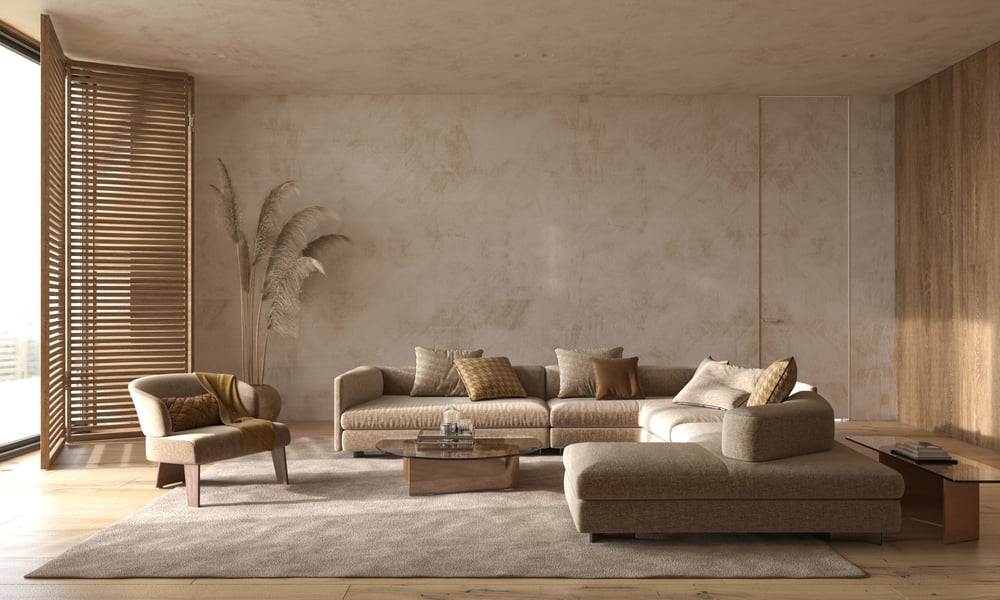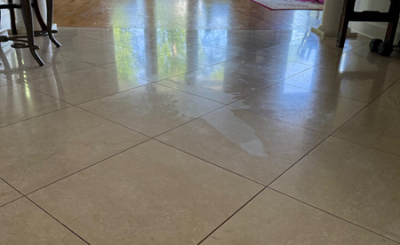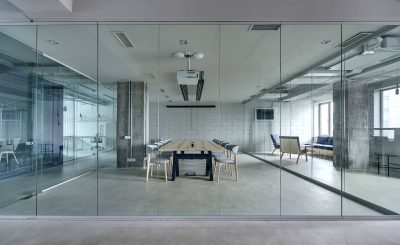When designing a home, it’s important to consider the needs of all potential residents, including those with mobility or accessibility concerns. By incorporating universal design principles, you can create a space that is both beautiful and functional for everyone who lives there.
What is Universal Design?
Universal design is an approach to designing products and environments that are usable by all people, regardless of age, ability, or disability. It aims to create spaces that are safe, comfortable, and accessible for everyone, without the need for adaptation or specialized design.
Universal Design Principles for the Home
When designing your home with universal accessibility in mind, there are several principles to keep in mind:
- Flexibility: Spaces should be designed to accommodate a wide range of abilities and preferences, allowing for easy customization and adaptation.
- Simplicity: Features should be easy to understand and use, with intuitive controls and minimal complexity.
- Visibility: Elements of the home should be visible and easy to locate, with clear signage and consistent design cues.
- Tactile and Sensory: Design should incorporate a range of sensory experiences, including tactile elements and auditory cues for those with visual impairments.
- Comfort and Safety: Spaces should be designed with comfort and safety in mind, with features such as slip-resistant flooring, easy-to-reach switches and controls, and ample lighting.
Design Elements to Consider
When incorporating universal design principles into your home, there are several specific design elements to consider:
- Doorways and Hallways: Ensure that doorways and hallways are wide enough to accommodate wheelchairs and walkers, and consider installing lever-style door handles for easier use.
- Bathrooms: Install grab bars around the toilet and shower, and consider a walk-in shower with a bench for added accessibility.
- Kitchen: Install countertops at varying heights to accommodate different users, and consider a pull-out pantry for easier access to items.
- Flooring: Use slip-resistant flooring materials, such as textured tile or low-pile carpet, to reduce the risk of falls.
- Lighting: Install ample lighting throughout the home, with easy-to-reach switches and controls, to improve visibility and reduce the risk of accidents.
- Outdoor Space: Ensure that outdoor spaces, such as patios and walkways, are level and free of obstacles, and consider installing a ramp for easier access to the home.
Benefits of Universal Design
By incorporating universal design principles into your home, you can create a space that is more comfortable, safe, and accessible for everyone who lives there. In addition, universal design features can increase the value of your home and make it more appealing to a wider range of potential buyers in the future.
Overall, designing your home with universal accessibility in mind is a smart investment in the long-term usability and value of your home. By incorporating these principles and design elements, you can create a space that is beautiful, functional, and welcoming to everyone who enters.








